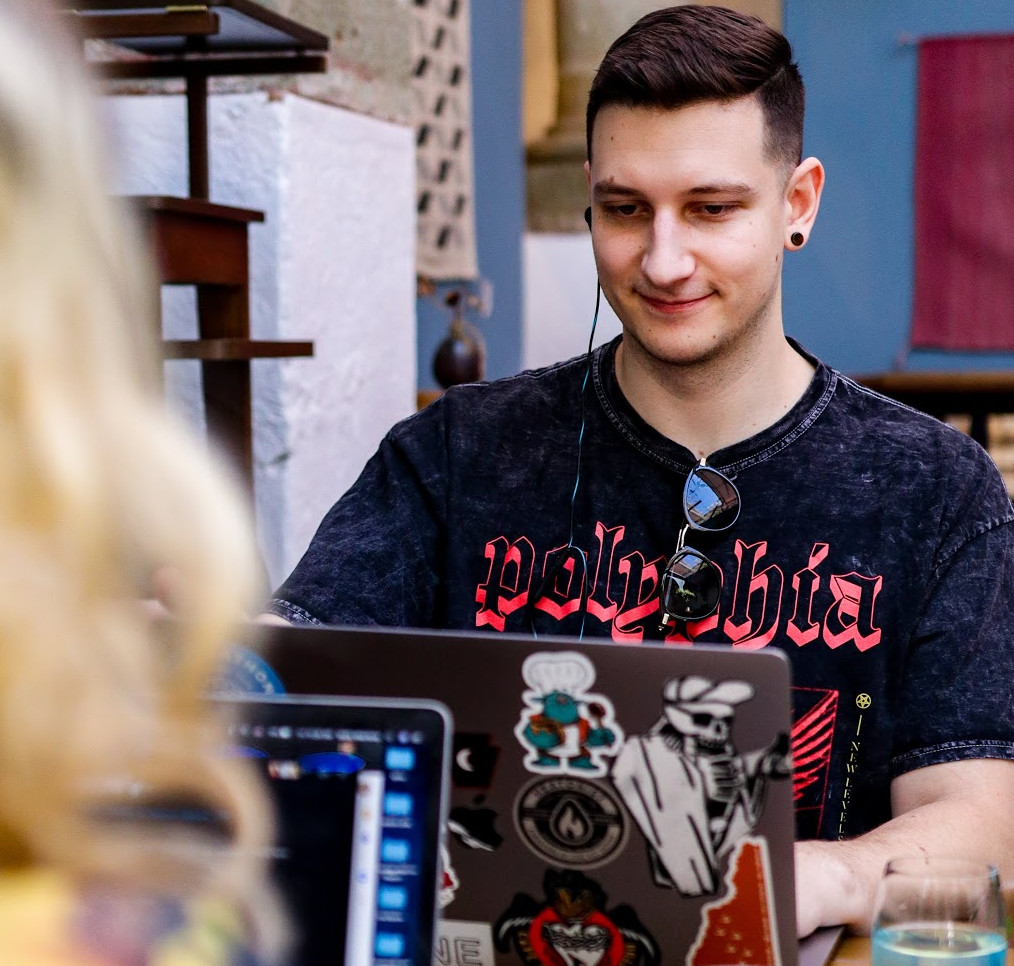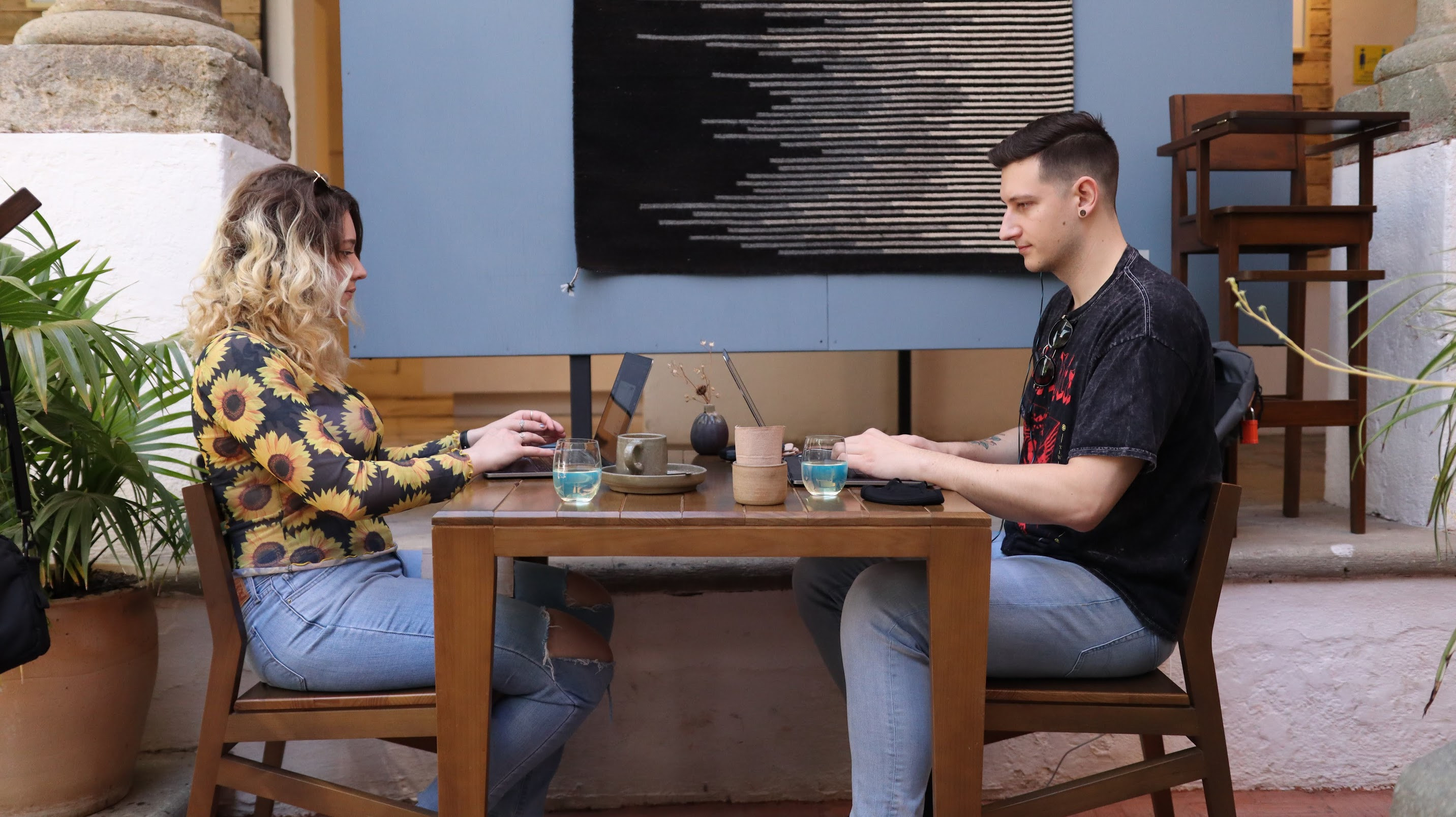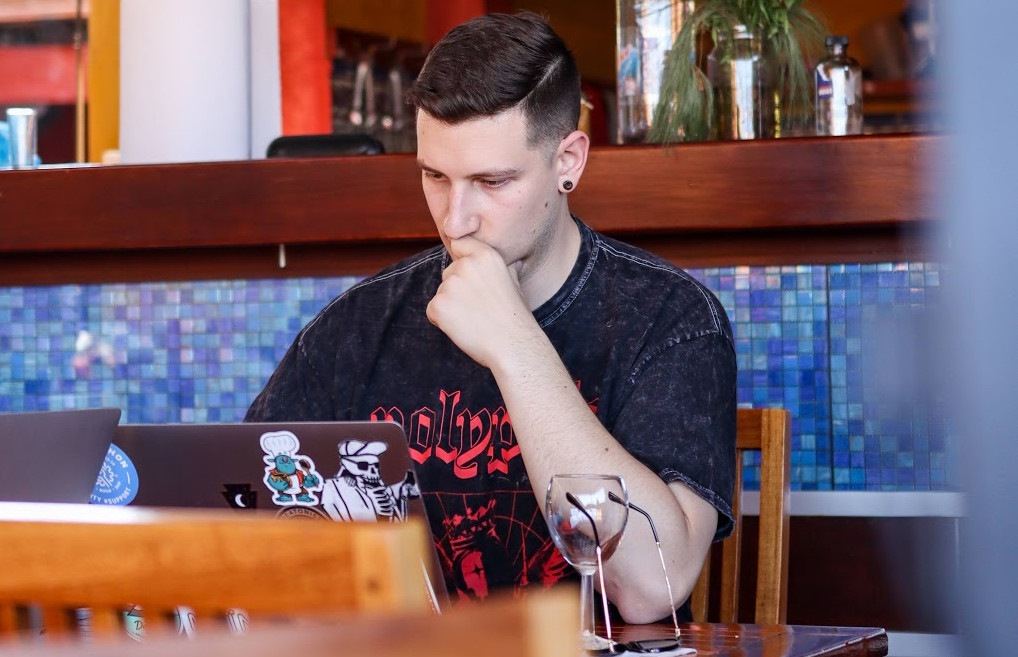Chris:
Can you tell me a bit about yourself and your role at Doximity?
Garrett:
I’m Garrett, and I am a data engineer on the data integration team. I joined Doximity a little over three years ago now. Wow, that feels like a long time.
Chris:
Time definitely flies. Could you tell me a bit more about what the data integration team does and the kinds of projects that you like to work on?
Garrett:
Sure, data integration can mean various things in different contexts. Our specialty is working with external datasets and ingesting those into our system, and turning them into datasets that are foundational to our products. So we bring external data into our system, clean it up and structure it, and then match it to our internal datasets so that it can provide value.
For example, we help physicians highlight their medical publications. If a physician is involved in some research, that will get published and anyone can read it, learn from it, and maybe even change their practice based on the research. So not only do we want to attribute the research to the user, but we can also let their colleagues know, “Hey, this person was recently published, check it out.” And this can be a good way for physicians to not only keep up to date with their colleagues but also stay on top of the research being done in their field.
Publications are just one example of the kind of data that we work with; some other examples are clinical research, mentions in the press, and public board certification data. We always want to stay up to date and accurately represent our physicians’ information and credentials.

Chris:
That’s great. Is there a project on data integration that you’re currently working on that you are excited about?
Garrett:
Yes! We also help physician-researchers highlight clinical trials. A common challenge that we deal with on the data integration team is that the data we ingest can come in many different fashions and formats -XML files, JSON, as a stream of changes, a daily dump of the current state of the data, via APIs, etc. So part of the problem is just getting the data in from all these different sources. And the other half of the problem is once we have this clinical trials data in our system, how do we match the researchers from the clinical trials to the correct Doximity users?
To handle the ingestion and matching, we have created some internal tools that we’ve built to integrate with Doximity’s stack (mainly Python, Spark, Snowflake, S3, and Airflow) in addition to leveraging some open source frameworks. We basically build a model to determine the likelihood that a clinical trial researcher is the same as this doximity user. If the confidence score is high enough and it passes certain logic checks, then we can say, “Yes, we are confident that this user worked on this clinical trial” and we can accurately attribute it to them.
That has been our approach for a lot of different projects. But the devil is always in the details, a lot of the work exists in just understanding the data, the sources, and how the ingestion data is formatted. What was really fun for me on this project was being able to put on my software engineering hat and evaluate and build out the tooling that we use as well.

Chris:
That sounds really interesting, and it’s great that you have such a wide set of skills to leverage. What technical skills do you think are most important for the success of a data engineer at Doximity?
Garrett:
I’ll start with what I thought would be important when I first joined Doximity, but really has not been. In previous roles as a data engineer, a large part of my role was being very familiar with the infrastructure. It seemed like half the time was just setting up and adjusting infra. But at Doximity, I think that our Infra Team does a really good job - how little I really need to know about our infrastructure is a testament to how great they are.
For the skills that I have needed, being familiar with SQL and working with a data warehouse was definitely helpful. My experience working with Hive was beneficial when it came to ramping up with Snowflake. Strong Python skills and programming experience are also good. I’d also say that it’s important to be able to think through and identify potential failure scenarios in a production pipeline. And finally, knowing a bit about data science can be helpful on some of our teams. For example, I am data science adjacent, so I might take data science work done in a notebook and "productionize" it into an actual pipeline.
Chris:
In your experience, what is teamwork at Doximity like?
Garrett:
I’ve worked on a couple of teams here at Doximity, and it does depend on the team. Each team finds what works best for them. My current team is really small, so everyone has a sense of what everyone else is working on. We generally work with 1-2 people on building and then maintaining projects. Because my team’s work often impacts other data teams, we maintain strong communication with other teams as well. If we want to make a change to a dataset that might impact downstream teams, we try to make sure that everyone is in the loop. I think that because we are a fully remote company right now, we’ve become very good at working asynchronously. A lot of communication happens over slack, but we definitely don’t shy away from just hopping on a call either.

Chris:
It sounds like the data integration team has some great processes in place. What excites you about where the data integration team is going?
Garrett:
Our team is starting to see some big, complex projects come to fruition. The part of the work where we try hard but we’re not totally sure if it’s going to succeed is over. These projects are paying off and are now integral to the data team, which feels great. So going forward, it’s exciting to know that we can take on a new, long-term project. There are always new, hard problems to solve.
Chris:
Definitely. Looking back at your time at Doximity, what stands out as something you are proud of?
Garrett:
I can’t really point to one single project or a single moment. What makes me proud these days is seeing different projects that I worked on years ago continue to be used and continue to provide value. It’s nice to see my teammates build on my work or take proposals that I wrote and bring them to life. It’s always gratifying to see that kind of impact.
Chris:
You’ve certainly made your mark on the team. What’s your favorite part of Doximity?
Garrett:
Personally, I love talking with people at offsites! As awesome as it is to work remotely, I really value getting face to face time. I work day after day with the same team of people on difficult, months-long projects. And then at the offsite, I finally get to go somewhere and see them in person, and discuss things in person. It’s just really great.
And from a company standpoint, I feel like we have the autonomy that you get with a smaller company but we also have an established business and established user base, which allows us to do a lot of very cool things. We were able to build out Dialer, our telehealth platform, during the pandemic and that has been really impactful. But the reason why it was so immediately successful is because we already have such a great user base who are familiar with Doximity that could leverage the product. It’s beneficial to have that established business to go along with all the freedom that we have.

Chris:
Absolutely. As a final question, can you tell me more about what you like to do in your free time?
Garrett:
I like to travel a lot. Early on when I joined Doximity, I moved from Utah to the East Coast. So I packed everything in my car and planned out different locations along the way. One of the stops happened to be Colorado, where a lot of Doximity employees live. I ended up crashing at coworkers’ places for a couple of nights. We joined a video call together and the rest of the team was so confused, it was great.
I’ve also been to Mexico, Ecuador, and I traveled across Africa with another Doximity employee, Mark Brouch, over the course of 9 weeks. Those are just a few of the trips that I’ve done while working remotely for Doximity.
Chris:
Wow, that’s amazing. I can’t wait to hear about your next adventure. Thanks so much for your time, Garrett!
Big thanks to Garrett Holbrook for the interview, all the reviewers who helped with this article, and Hannah Gambino for the illustrations.
Be sure to follow @doximity_tech if you'd like to be notified about new blog posts
